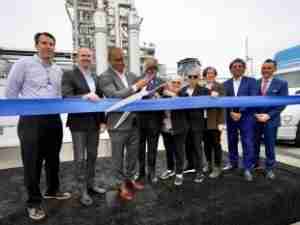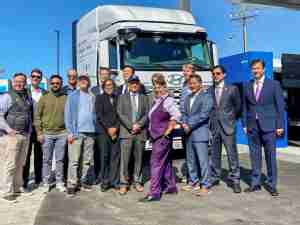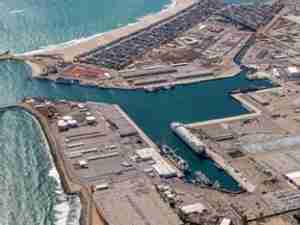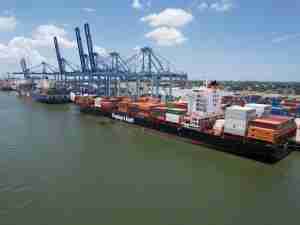Port officials declined to estimate how long it will take to complete the expansion, which will incorporate state funding and raise total port capacity to 70 million tonnes a year from 45 million now. Shipping agency officials estimate the expansion could take five to 10 years.
Paranagua, Brazil's second largest port, is used to export sugar, grains, oilseeds and general cargo. It also imports fertilizer to fuel Brazil's growing agricultural industry.
One factor driving its expansion is that further north, Santos, Latin America's largest port, has no place else to grow.
The explosion in demand for food and minerals, most notably from China, has exposed a profound lack of infrastructure investments in Brazil, a major emerging economy and supplier of commodities to the world.
"The port of Santos is already at its limit with few prospects for expansion, and Paranagua is the most viable alternative," Airton Vidal Maron, superintendent of the port authority of Paranagua and Antonina, told Reuters.
Santos, Brazil's main sugar export corridor, has seen lengthy delays loading sugar for shipment in the period around the peak of harvesting over the past two years.
Although its terminal operators plan to invest to boost efficiency and cut load times, there is little room at Santos port to accommodate an expansion, shipping officials said.
Even after Paranagua's expansion to 32 berths from 20 now, the port would have a capacity well below that of Santos, which currently has 63 berths, according to port authority data.
Investments in capacity at the port may not be enough to avoid major disruptions in exports of goods at Paranagua. In March, rains washed out the mountain road and flooded the railway tracks to the port, shutting down movement of goods in and out for several days.
Many efforts by the government and the private sector to improve Brazil's infrastructure have been derailed by corruption, red-tape and complex environmental regulations.
Container Terminal
The first stage of Paranagua's expansion is expected to include extension of the container terminal by one further berth. This will later extend at right angles into another berth with capacity to load containers as well as to receive tourist passenger vessels at the scenic centuries-old port.
Further plans include addition of four deep water terminals off the middle of the quay, expected to load grains, and more terminals off the other end of the quay, which is now houses Bunge's sugar terminal.
"This is a state project that will bring benefits to all of Brazil," Maron said. "We are working to execute this project in as little time as possible."
Maron added, "We expect an expansion in the quantity of goods exported from Paranagua, and this is shown by the diverse international players who are willing to invest here."
Port and shipping agency officials declined to say which private companies would invest in new berths, but one said privately that existing terminals, such as Bunge and the Pasa sugar terminal, owned by mills, were likely to join in.
In past years, Paranagua has been plagued by infighting between the private terminal operators that control part of the port and state-run segments such as the main export corridor.
Private terminal operators hope relations will improve with the shift in management from the former populist Governor Roberto Requiao to the current governor, Beto Richa.
Officials said environmental studies were under way to assess the impact of the expansion plans.
Huge Potential
The port was briefly shut down in 2010 due to an outdated environmental license required for operations. Maron said Paranagua had the capacity to multiply its current capacity several fold without big environmental problems.
"We have available areas for expansion that could eve






_-_28de80_-_58820516bd428ab3fd376933932d068c43db9a4a_lqip.jpg)




